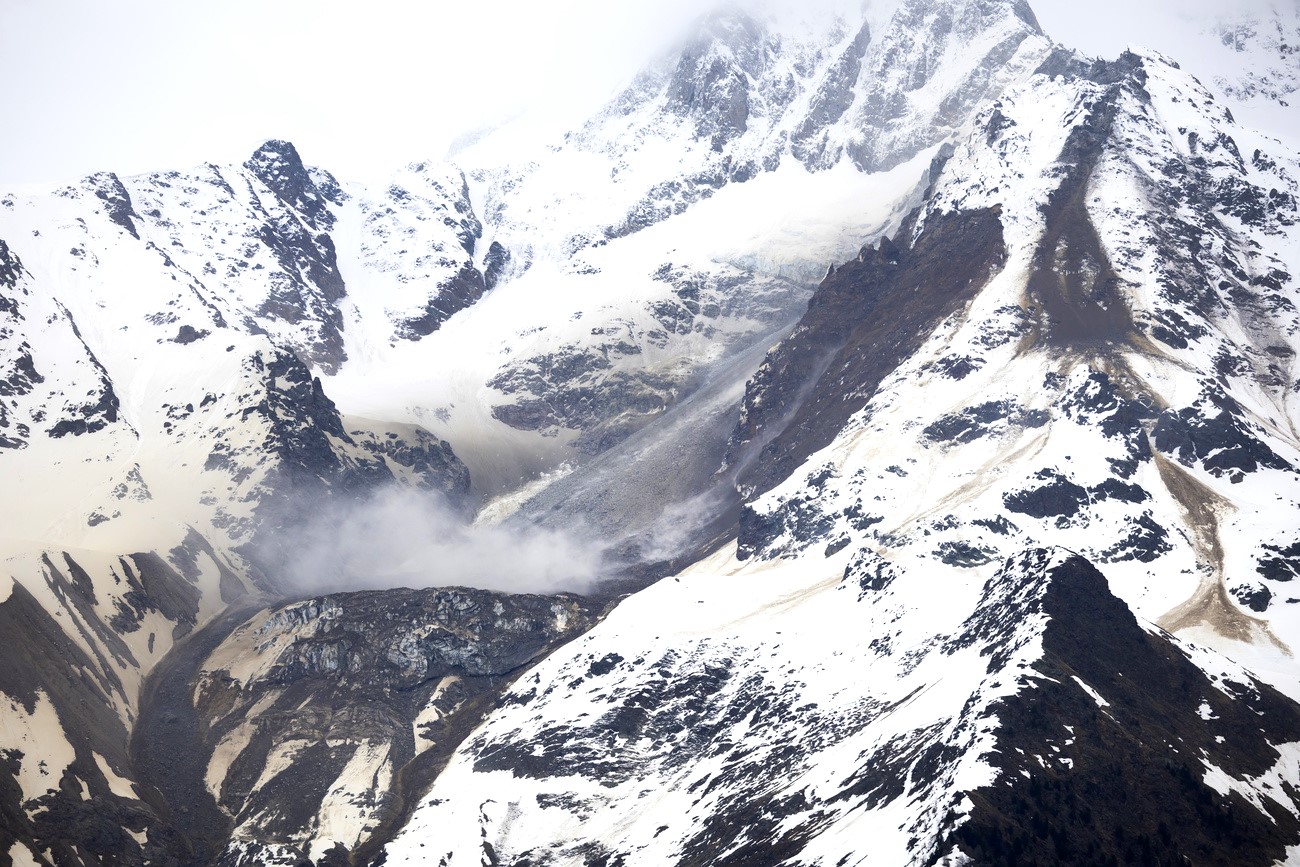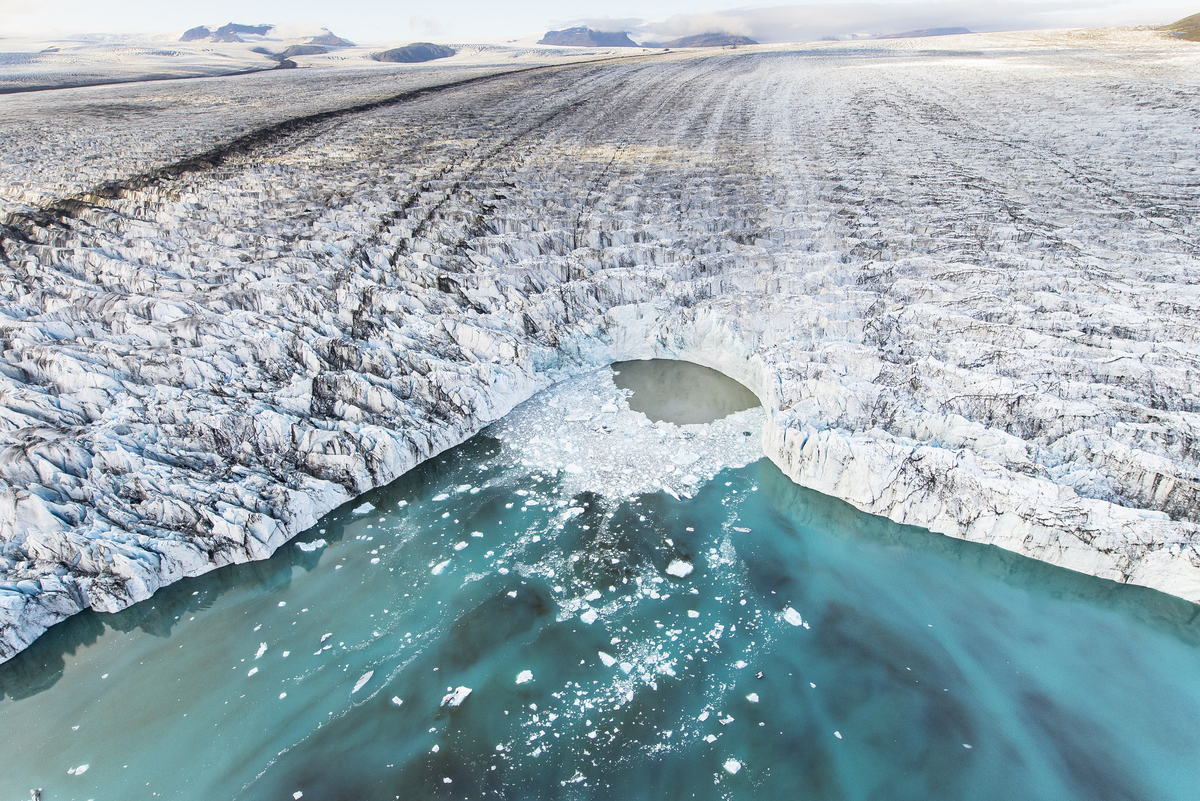Winter sports enthusiasts underestimate danger

With excellent snow conditions attracting record numbers of skiers, snowboarders and snowshoe walkers to the mountains, experts warn that safety is being overlooked.
Lack of experience and local knowledge are often the main factors behind accidents and 16 people have lost their lives in off-piste avalanches and falls so far this winter season.
Particularly tragic are the cases involving children, such as the eight-year old boy who suffocated in deep snow earlier this week near Laax in eastern Switzerland after he hit a tree while taking an off-piste short cut with his two older brothers.
The danger of avalanches and falls is widely underestimated, the Swiss Council for Accident Prevention warns. Winter sports enthusiasts should not attempt an off-piste descent unless they are fully prepared and trained to recognise the dangers. Forests are particularly dangerous.
Essential emergency equipment for those who dare to cross avalanche areas includes a beacon, shovel and probe.
House of cards
One person’s weight can be enough to start a massive slide of snow, Thomas Stucki, avalanche forecaster with the Davos-based Institute for Snow and Avalanche Research explained.
“The trigger is the weight you put on the snow cover: your additional weight can cause the upper layer of snow to separate from the old snow beneath. A bit like a house of cards.”
So is it possible to leave the marked trails without endangering yourself and others? Knowledge is the key, according to Stucki.
“If you go off-piste you need an education that tells you about snow, snow layering and release probability. You also have to know something about the terrain so that you can estimate slope angles and orientation.”
Slow danger
Despite the leisurely pace, snowshoe walking can be just as dangerous as the more speedy winter sports. The pastime, which is a cheap, accessible way to enjoy the countryside in winter, is going through a major boom in popularity, particularly in French-speaking Switzerland.
Earlier this month, four French seminarians were caught in an avalanche at least 100 metres wide in the southern canton of Valais. Their group of seven had been snowshoeing at 2,200 metres en route to a mountain hut.
One man was seriously injured, two bodies were recovered at the scene and one student is still missing.
Laurent Buchs, president of the Swiss Snowshoe Federation, told swissinfo that walking on unmarked, unknown territory was at least as dangerous as skiing through the area.
“You are even more vulnerable on snowshoes than on skis because they are slow. On skis you might have a chance to get away before the avalanche,” he said.
Respect the mountain
The federation has developed an extensive network of trails for the estimated 500,000 amateur snowshoe walkers in Switzerland to encourage the safe practice of the sport.
“We also run monthly information days to inform newcomers to the sport about the dangers of the mountain and respect for flora and fauna,” Buchs added.
These newcomers are the ones most likely to put themselves in danger by attempting routes that experienced guides would avoid.
“The accidents that we’ve seen this season are in the avalanche zones, where there is a dangerous slope and huge quantities of snow. Specialists know it’s dangerous and they are very careful to avoid the areas. But amateurs are taking risks because there is not enough awareness.”
When it comes to falls, the single best protection against serious injury is a helmet, although injuries to the extremities are much more common.
Virtually unknown on ski slopes a decade ago, head protection is now gradually changing from exception to rule, with 58 per cent of skiers and snowboarders reported to be wearing helmets this season.
from the Swiss Council for Accident Prevention
Check weather and avalanche bulletins before you set off. Stay on marked and open slopes when the danger is above level 3.
Pay attention to the signals and warnings of the ski station and rescue services. Flashing avalanche warning lights in ski areas mean severe avalanche danger outside the secured slopes.
Attend a freeride training course to learn how to recognise and evaluate the dangers.
Carry a charged avalanche beacon, shovel and probe.
Do not follow ski tracks that lead over unknown terrain.
Take particular caution in assessing accumulations of snowdrift.

In compliance with the JTI standards
More: SWI swissinfo.ch certified by the Journalism Trust Initiative













You can find an overview of ongoing debates with our journalists here . Please join us!
If you want to start a conversation about a topic raised in this article or want to report factual errors, email us at english@swissinfo.ch.